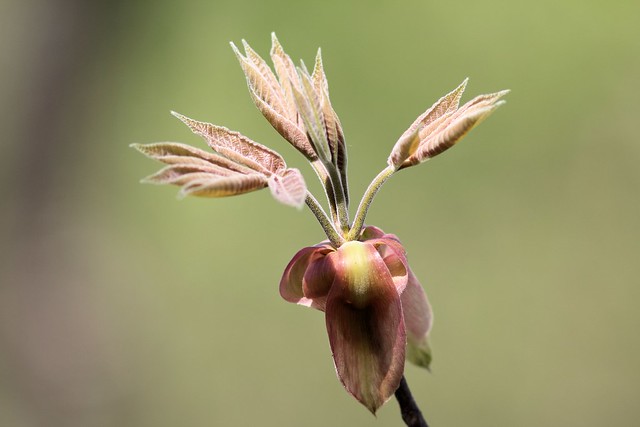Waiting at our door to be picked up by the limousine to the airport at 6:00 AM on our last day in Illinois, I pondered the evolution of our homesite, a former tallgrass prairie turned into a cornfield. Long ago it was covered by ice, then became a wet and barren land deeply scarred by glaciers, succeeded by a lush evergreen forest. As the climate warmed and the land dried up, hardwoods overtook the spruce and fir. Grasslands did not complete their dominance of the land until only some 3,500 years ago. The entire life of our little prairie patch and now its death at the hands of man occupied but a tiny moment of geologic time (see my reference to the Nelson Lake pollen studies that document the genesis of the local prairies).
The noisy carpenters would not arrive for another hour. I listened to the dawn chorus, now muffled by the presence of 29 new townhomes in various stages of construction. Only a few acres in the several blocks now under development will be spared as a "park." The songs of a multitude of robins nearly drowned out the subtle refrains of a meadowlark, Song Sparrows, goldfinches, and surprisingly, the distant territorial peeping of a Spotted Sandpiper and the serenade of a Vesper Sparrow on the roof of our building.
This view from our third story front window had formerly overlooked our "front yard birding patch."
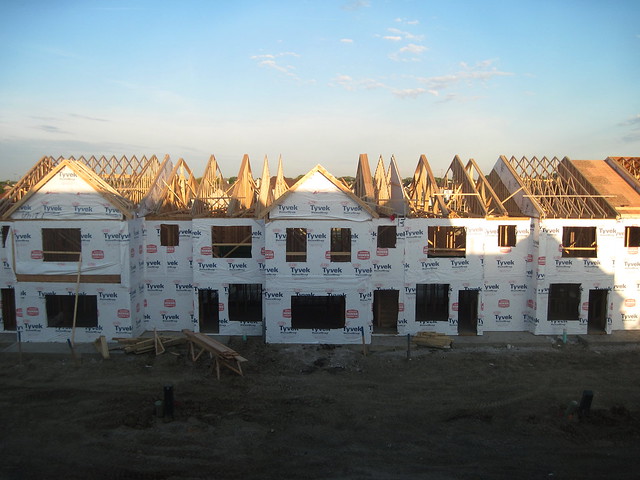
Presently a patch of grassland planned for the park remains relatively undisturbed, though half of its surface has been graded and the pothole was filled in. Last spring it attracted a Muskrat along with nesting Red-winged Blackbirds and visiting ducks, geese and Sandhill Cranes. I doubt that the sandpipers and sparrows will be able to find a breeding niche as there is no longer any open water and the only shrubby cover is beside an old pile of topsoil that almost certainly will be removed for lawns and foundation plantings.
The "park" will occupy the area beyond the black plastic fence. The topsoil mound is presently its highest point, just right of center.

In 2011, I took this photo of a Sandhill Crane from my front doorstep.
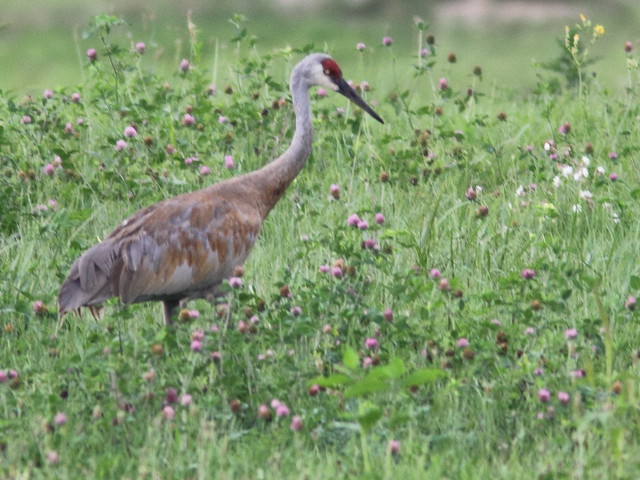
Earlier in the week our younger granddaughter had a school excursion to the Brookfield Zoo, where the apes, big cats and wolves were main attractions.
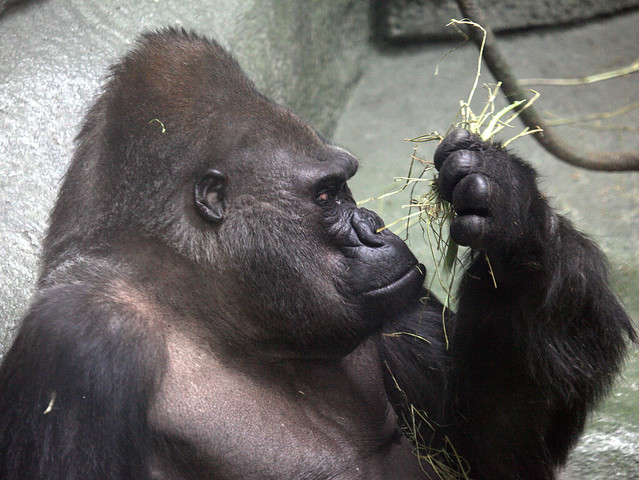
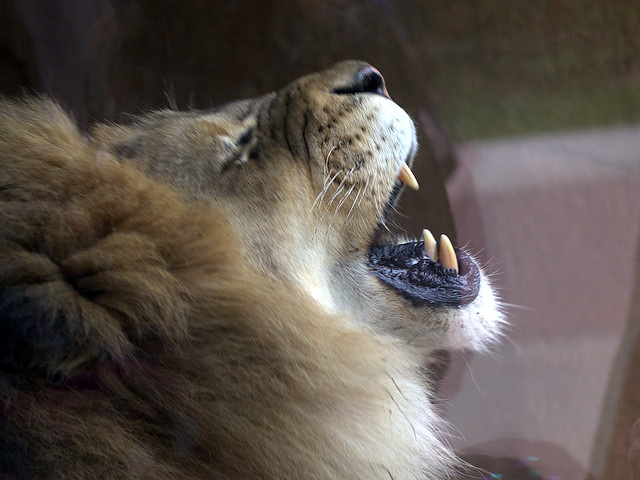
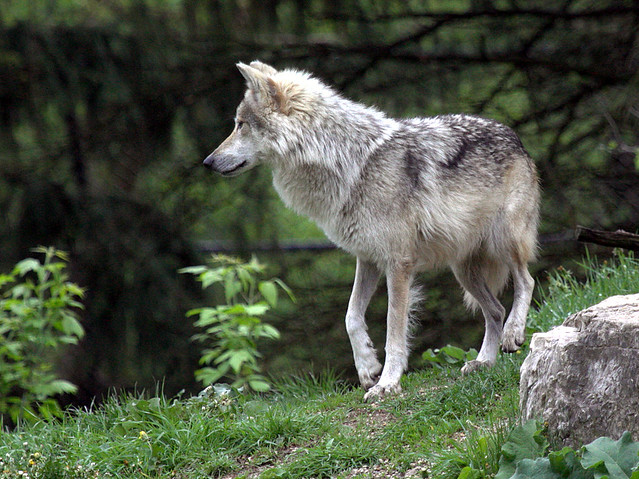
Despite temperatures that varied between 30 and 82 degrees (F), our last couple of days in Illinois provided some photo opportunities at Nelson Lake. Warblers remained scarce, but we did see two Blackpolls...
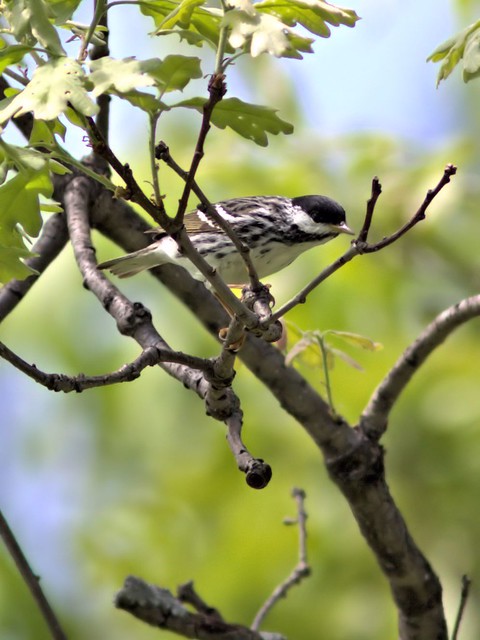
...an eastern (yellow) Palm Warbler...
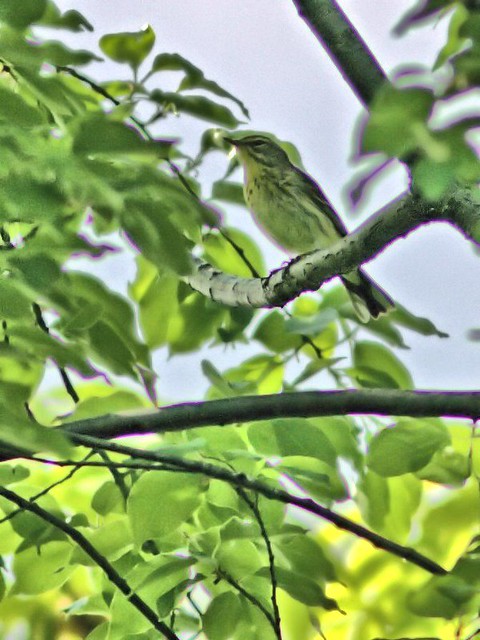
...an American Redstart...
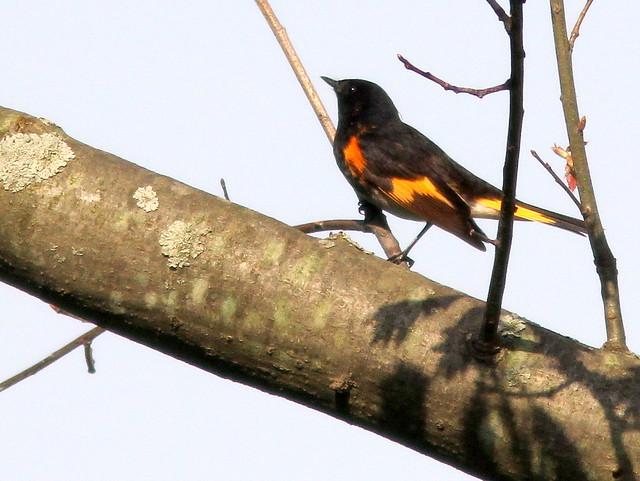
...and a Magnolia Warbler.
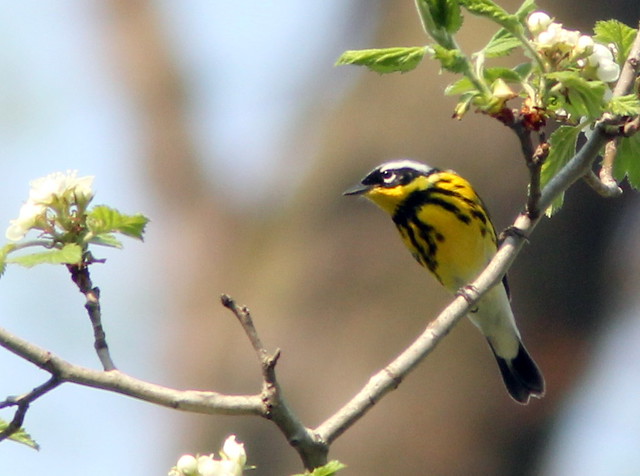
Two reclusive Lincoln's Sparrows appeared briefly. As usual, they stayed behind the branches.

Another LBJ (Little Brown Job) was this Savannah Sparrow.

For color, here are mandatory last shots of a Rose-breasted Grosbeak...
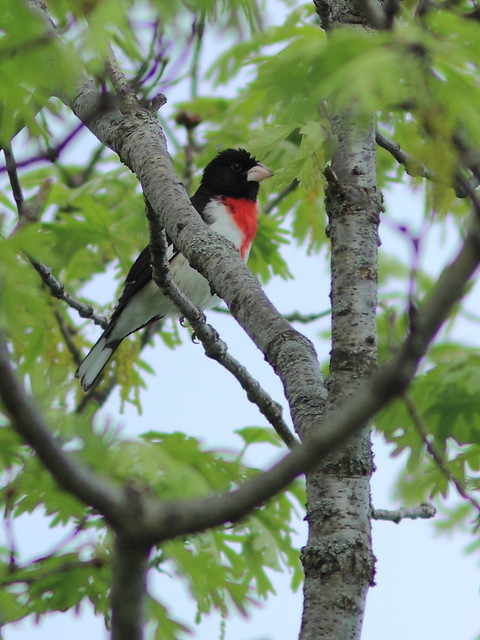
...an American Goldfinch...
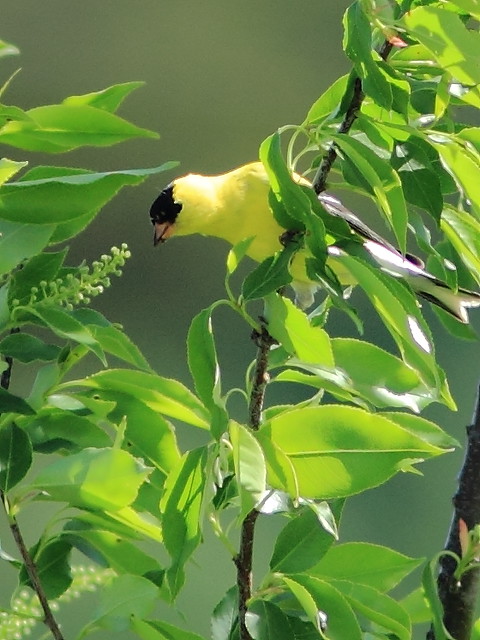
...and a Northern Cardinal.

On our last free evening we baby-sat with our two granddaughters, first taking them out to dinner and then visiting Jones Meadow Park. They played and I explored the area as twilight advanced.
A Spotted Sandpiper flew over the lake and headed for the adjacent wetland, where I caught it in flight as it passed over a female Mallard.

The low light imparted a softness to the image of a Great Egret in flight.
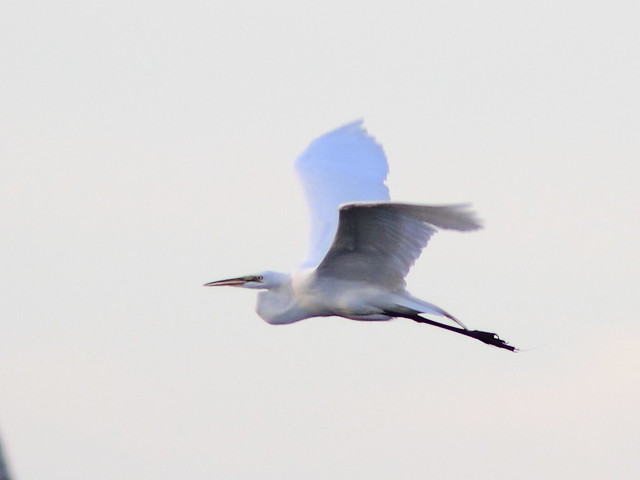
In the waning light, the girls collected dandelion stalks and fashioned them into a long chain. I captured these images with my long lens so they would not suspect they were under surveillance.
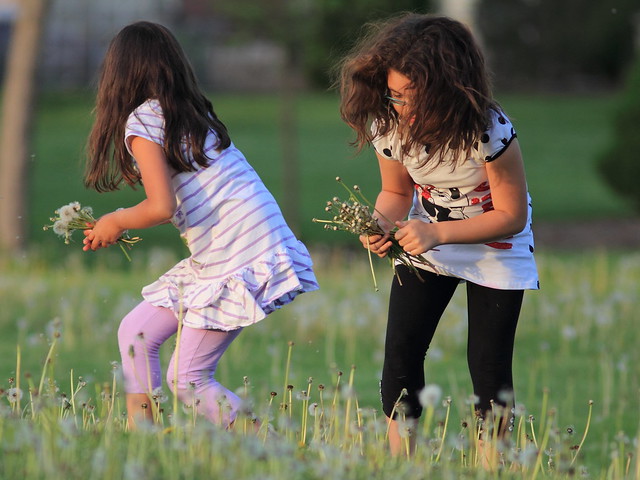
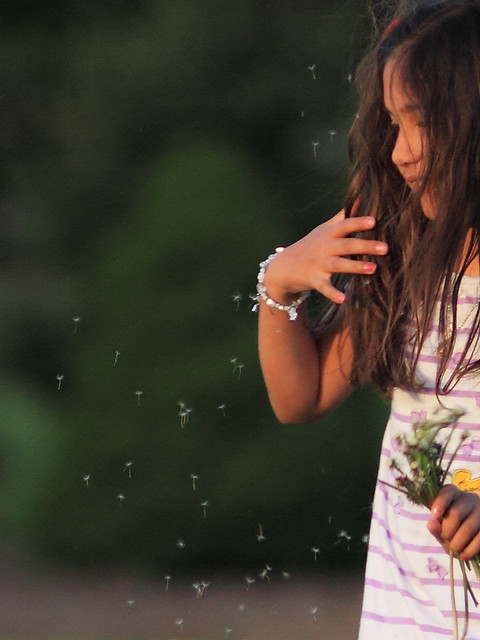
Addendum-- After we departed, our Illinois granddaughters had some excitement. Let me tell it as narrated by the 9 year old, and the photos are from her mother's cell phone. I assume this Northern Bobwhite was a captive reared bird often used to train hunting dogs.
Yesterday after school, a Bob White (which are not normally seen in our area) flew into our glass door & knocked itself out. Our big dog, Agramonte, proceeded to investigate. He pawed at it & then picked it up in his mouth.
Thank goodness Mom was able to get Agramonte to drop it! We were so worried about the health & safety of the bird (which was identified as a Bob White by Grandpa) that we decided to bring it to the Wildlife Rehabilitation Center in Elburn at the Forest Preserve on Rt 38. When we brought the box (covered with a white cloth) into the Center, the naturalist uncovered the box & the bird flew out & all around the Center's Office!! The naturalist examined the bird & determined that it was not injured. She then asked us to bring the bird back home to our house & set it free!! It was quite an exciting time at the Orama house, but everything ended well as the bird flew off into the prairie behind our house!!
Just after it hit the glass door.
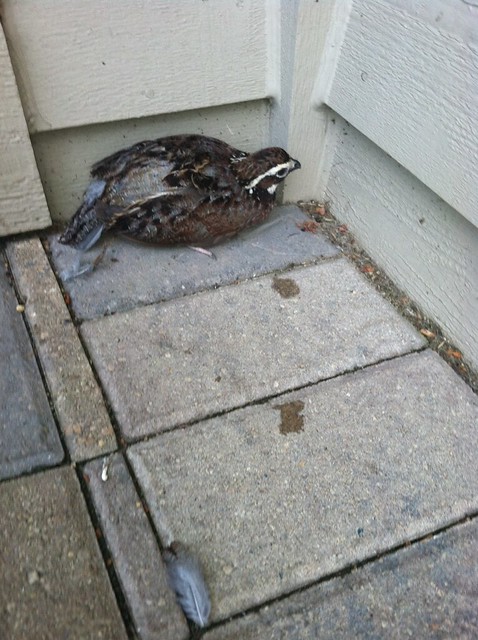
Taking Bob White to the Rehabilitation Center with Sis in school clothes.

At the door of the Center.
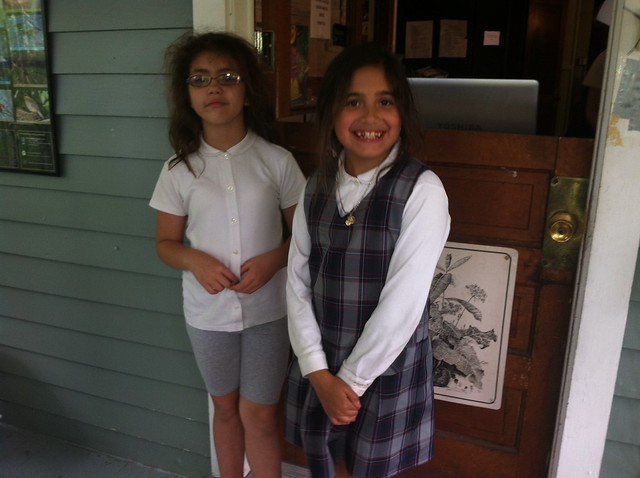
The naturalist examining Bob White.
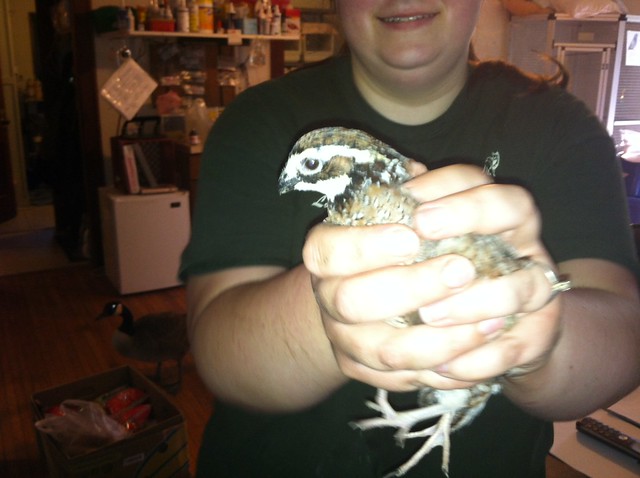
Back home I'm ready to release him.
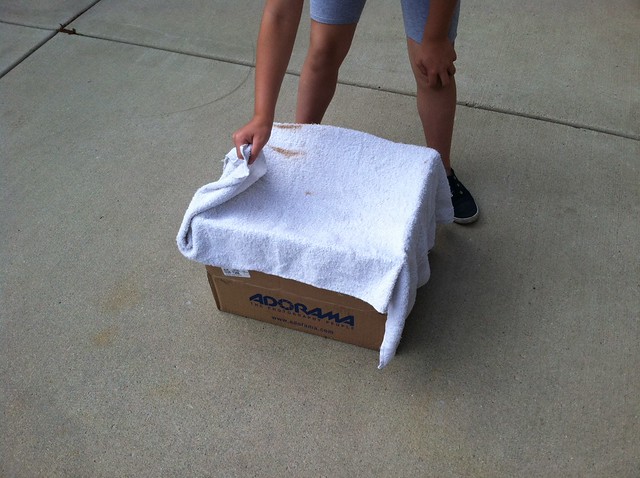
Just before Bob White flew into Mom's face when we let him go. Wish we had it on You Tube.

As we entered the final week of our stay in Illinois at the peak of spring migration, we tried to get out every morning. The weather was mostly cooperative but temperatures varied wildly, going down to freezing one night and the next day we were in the mid-80s (F).
Although our hopes were high, we were disappointed at how few warblers we were seeing. Some birders were reporting well over a dozen species but we were lucky to find 3 or 4. Others reported similar bad luck in our usual haunts. Indeed, one morning we found not a single warbler. We also missed a favorite target bird, the Scarlet Tanager, although I got a fleeting look at one flying several hundred yards away at Bliss Woods.
Rather than grouse about what might have been, we should rejoice in the variety of habitats we visited and the beautiful birds we did see, most of which are uncommon or unseen in South Florida.
I love getting good shots of small birds, so I was elated when they appeared among the flowers, as did this Baltimore Oriole in Fabyan West Park...
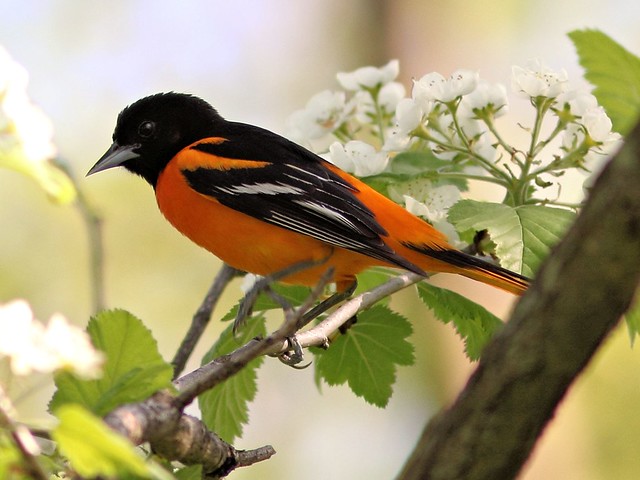
...and this Killdeer in Jones Meadow Park.
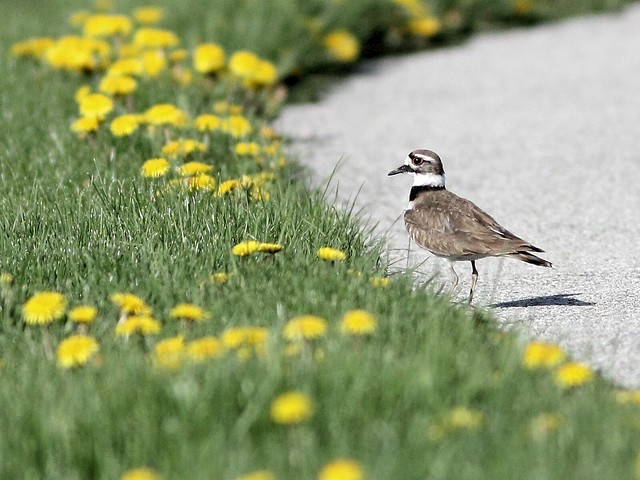
Six Great Egrets roosted on a dead tree at Jones Meadow.

I almost forgot I was not back in Florida when one left its roost and settled at the edge of the lake.
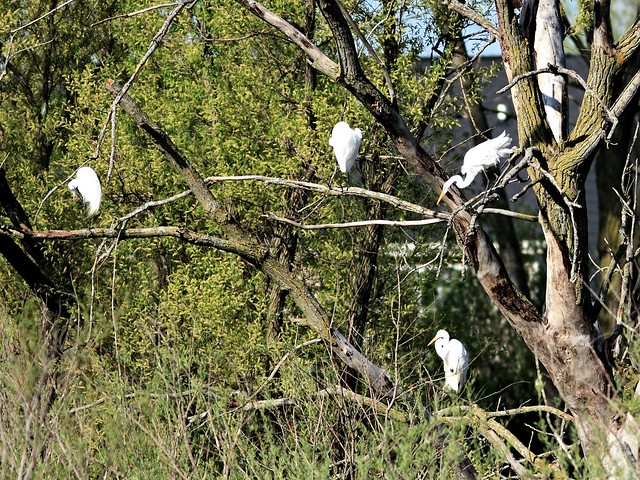

A Green Heron lifted off from a hiding place nearby.
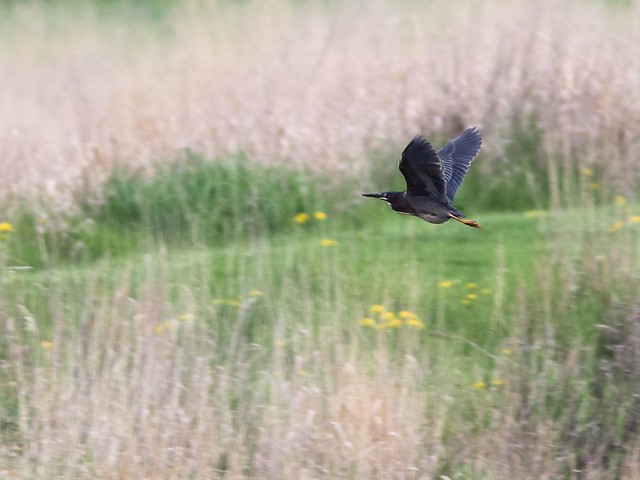
Jones Meadow provided us with our only sighting of a Chestnut-sided Warbler.
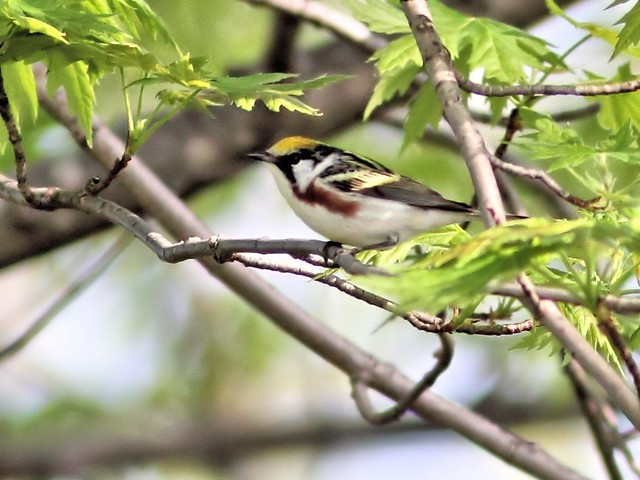

Tree Swallows had already set up housekeeping.

These two seemed to be having a property dispute.
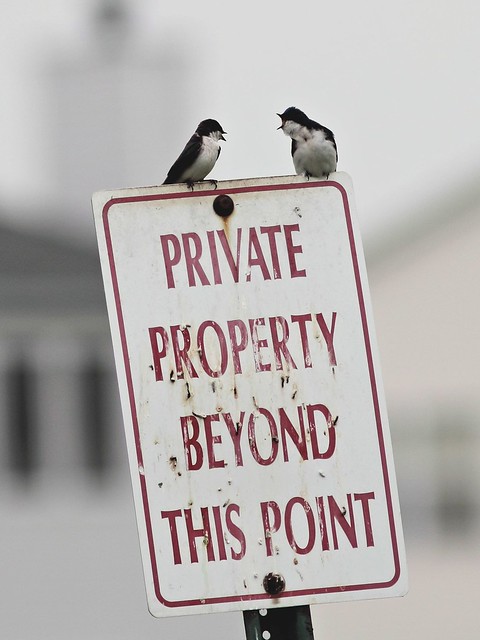
Mallard Drakes dabbled in the wetlands next to the lake. Were their mates sitting on eggs?
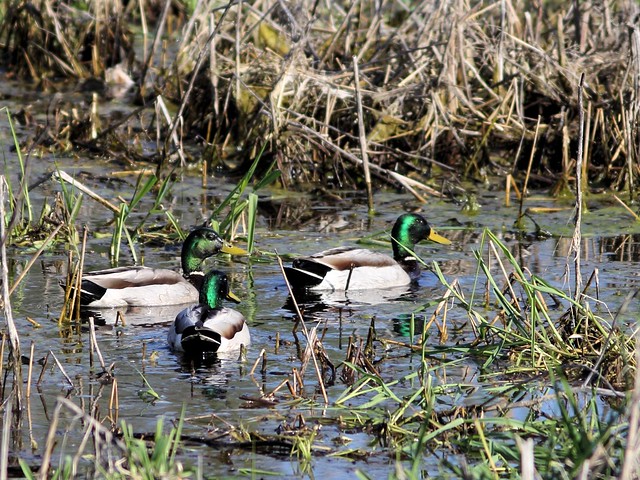
Rose-breasted Grosbeaks became quite numerous.
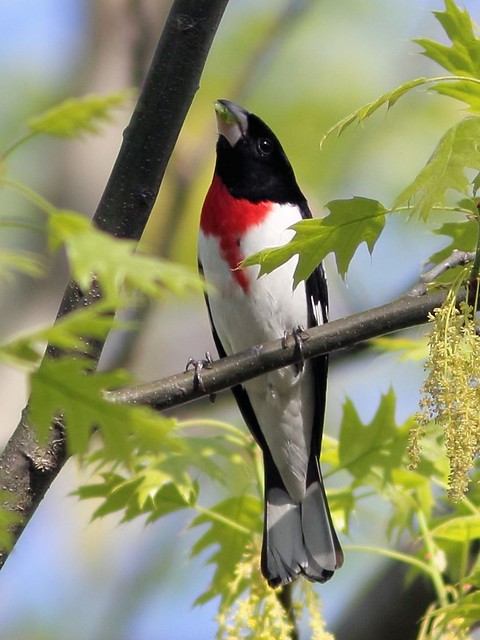
A House Wren fluttered his wings as he sung his heart out.

A nest must have been nearby, as he was reluctant to leave the trunk of this old dead tree.
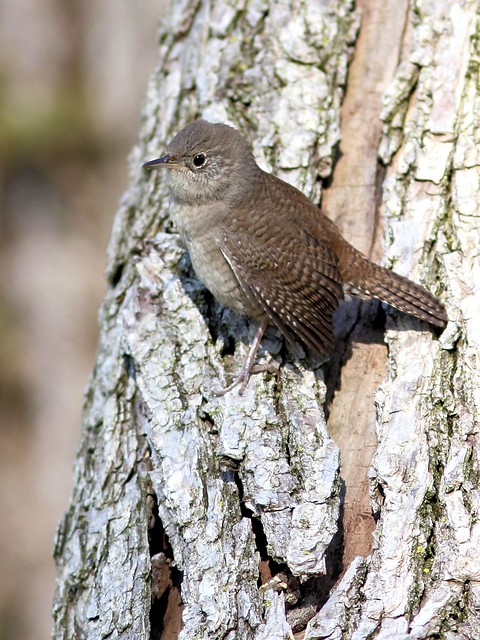
Field Sparrows were claiming nesting territory along the margins of the prairie at Aurora West Forest Preserve.

I particularly liked this pose.

Demure Warbling Vireos sang loudly in the trees but rarely ventured out from the leafy cover.
 At Nelson Lake, an Eastern Meadowlark was in full song.
At Nelson Lake, an Eastern Meadowlark was in full song.
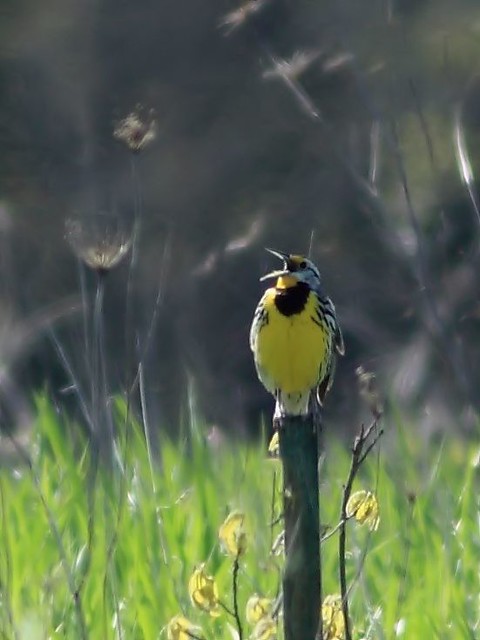
A male Northern Cardinal stopped singing just long enough to stare down from his perch.
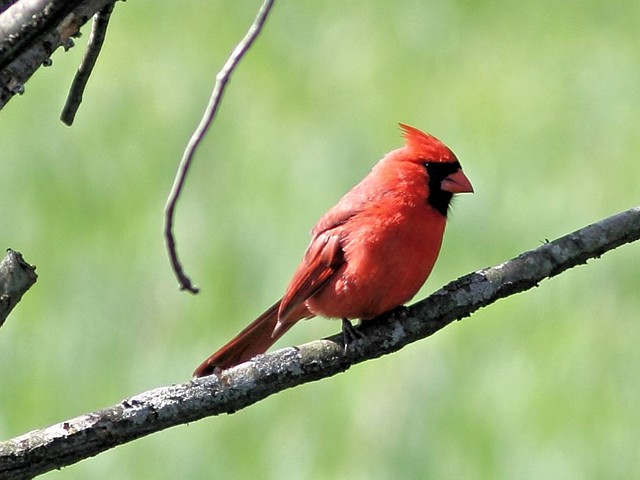
An American Goldfinch added another touch of color.
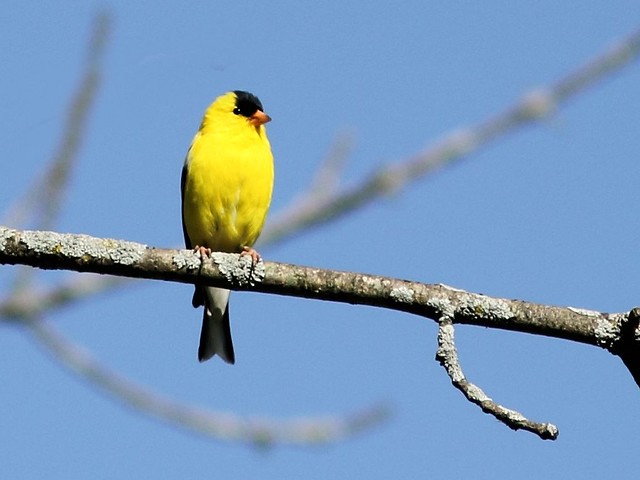
It was unusual to see a lone Sandhill Crane overhead, bugling as if calling for a lost lover.
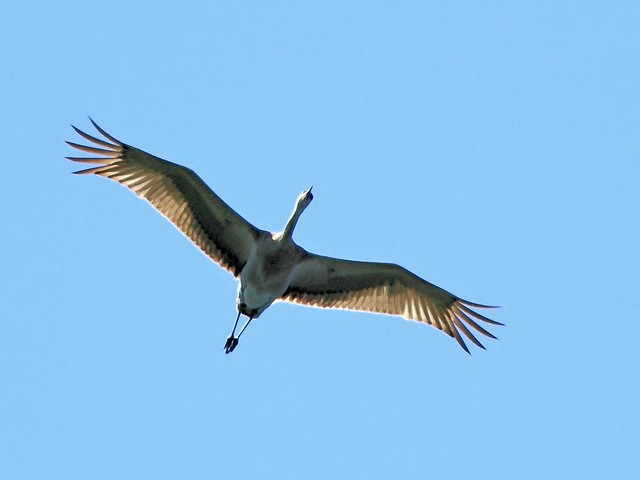
Among the "little birds," a pair of Clay-colored Sparrows gave me my best photos of this species, even though they were reluctant to come out from behind the branches.


The budding trees attracted House Finches. This male was particularly bright.
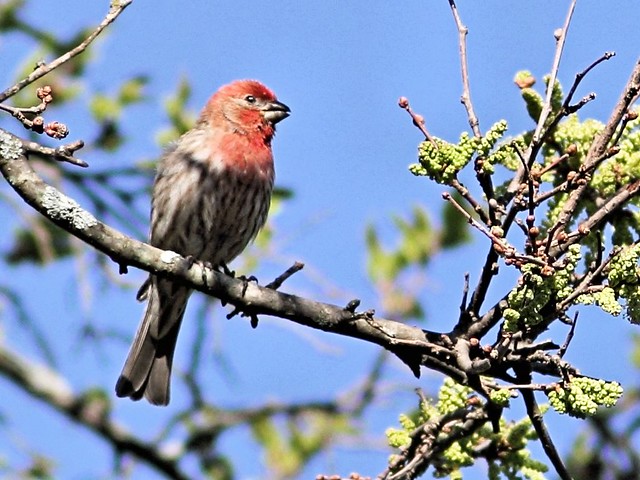
Yellow Warblers were common along the Fox River, at Les Arends Forest Preserve...
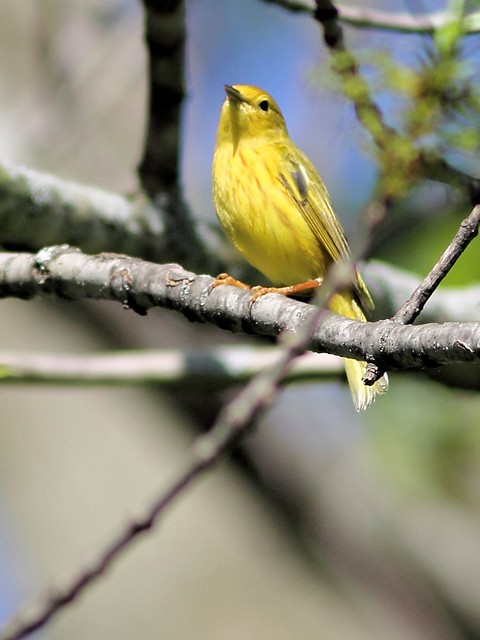
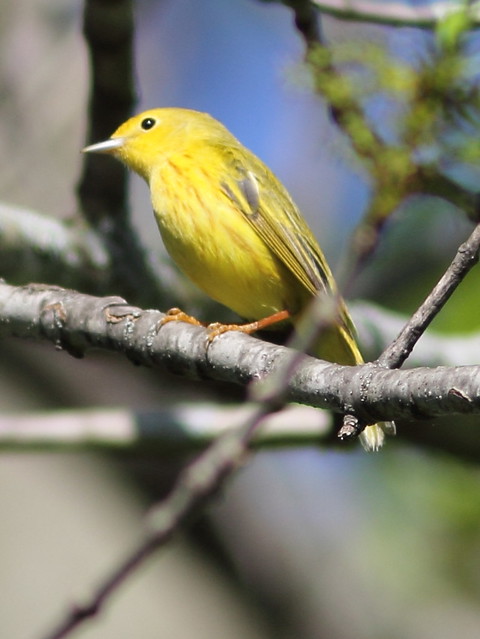
...but a few miles up-river, Fabyan West preserve presented us with our most treasured sighting-- a Yellow-throated Warbler, which is near the northern limit of its range. Singing high in an oak tree and flitting from branch to branch, it was not an easy capture.
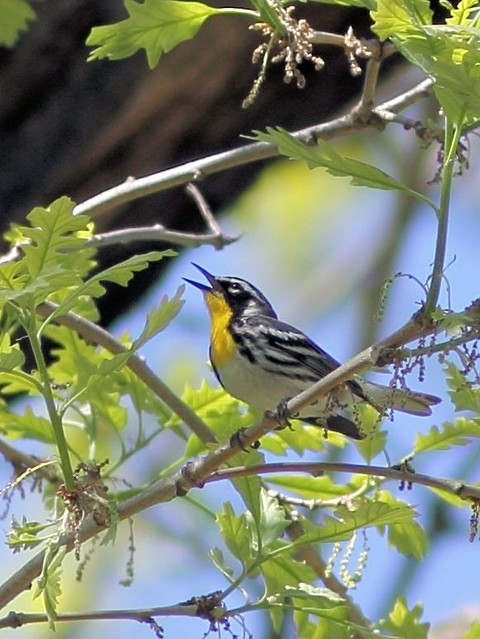
The Yellow-throated Warbler is aptly named.
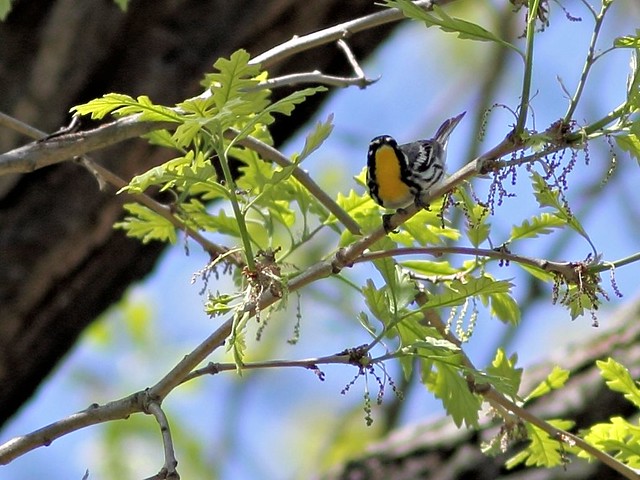
Another nice warbler was nearby-- the Blackburnian.
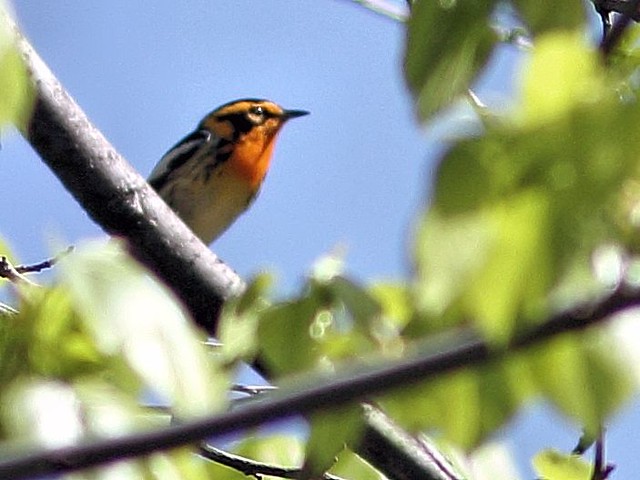
The Orchard Oriole, smaller than the Baltimore Oriole and brick-red rather than bright orange, has been my "nemesis bird," as I had never gotten a good view of one. The Japanese Garden at Fabyan sheltered one that finally came out into the open!
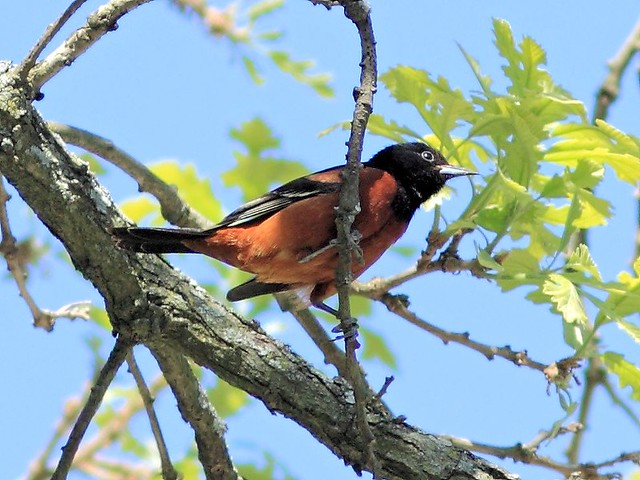
An American Robin fed its two chicks.
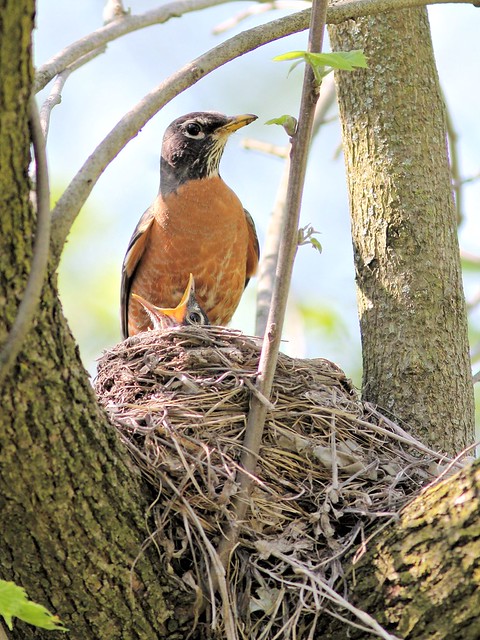
In fairness to the mammal kingdom, here is a cute chipmunk in a beautiful setting inside the Japanese Garden.
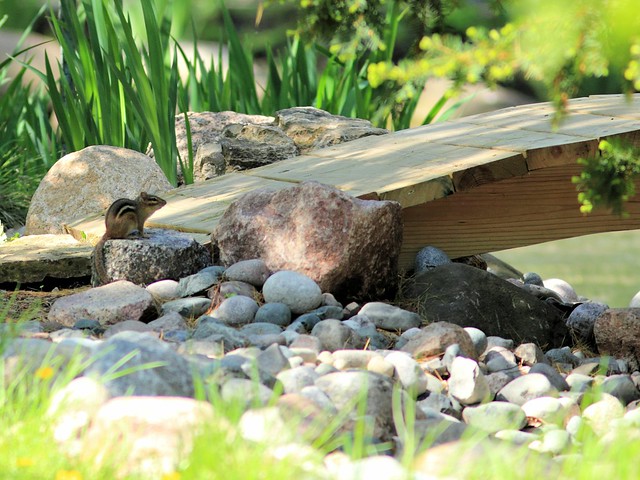
We cannot overlook the spring flowers, such as these tree blossoms...

...or the Wild Blue Phlox.
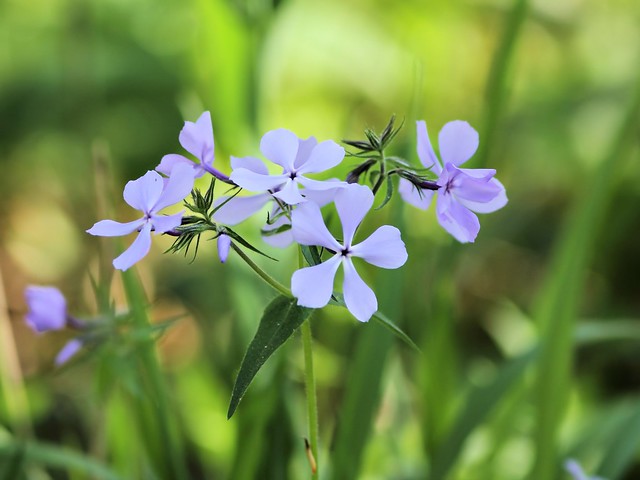
I'm quite sure that this is a Hickory tree bud, but it is an object of unexpected beauty.
